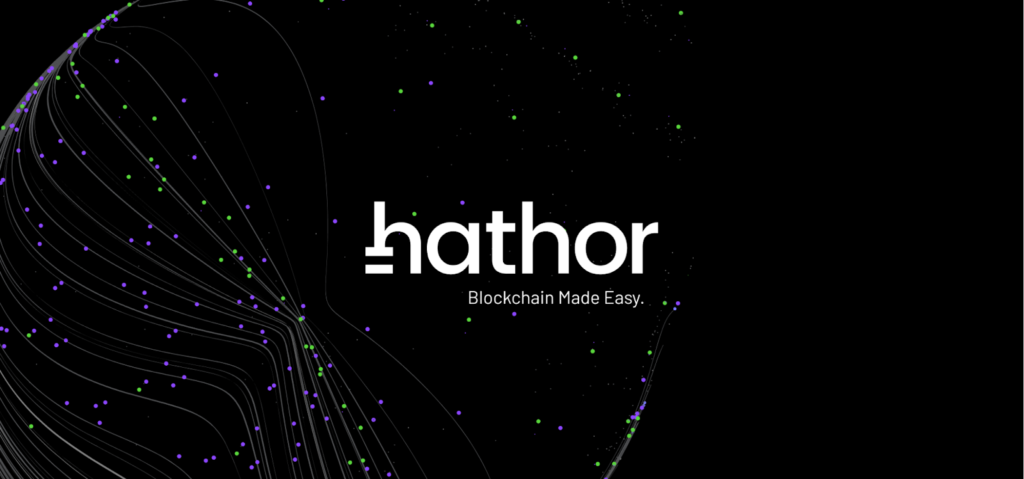When you think of the blockchain industry, it is easy to see the improvements and growth that it has attained since the creation of bitcoin a decade ago. Blockchain technology has led to the development of decentralized solutions that have been adapted in different sectors globally.
New concepts like decentralized finance and NFTs have captured the attention of many, and there are more projects than ever before. One of the blockchain protocols that has caught the eye in recent months is Hathor.
Hathor is a blockchain platform that appeals to the mainstream user with a user-friendly approach meant to foster blockchain adoption. We explore some of the key features of this novel blockchain.
Hathor combines Proof of Work and DAG technology
Hathor is a scalable layer-1 platform that combines DAG (directed acrylic graph and Proof-of-Work blockchain. It is one of the few blockchain protocols with an academic background and was part of a PhD thesis submitted by founder Marcelo Brogliato.
The key concept is to create an architecture that deploys a chain of linked blocks that can solve the problems of scalability, decentralization, and security problems. As a result, Hathor has built a next-gen architecture that can handle high-speed transactions and is scalable for teams and individuals to build decentralized solutions.
With Hathor, these decentralized solutions can be built on a blockchain with the security of Bitcoin and without limitations. It is capable of handling 200 transactions per second which is similar to payment processing giant PayPal.
Hathor is able to ensure the security of its network by deploying a mining system called ‘’Merged Mining’’. Merged mining enables miners to mine two different cryptocurrencies without additional power and costs.
At the moment, Bitcoin miners can mine Hathor and generate extra revenue without upgrading their mining rigs. Moreover, since Bitcoin has the highest number of miners, Hathor can quickly maintain a high hash rate, thus securing its blockchain network.
Hathor is also an energy-efficient blockchain since miners do not expend extra energy in mining the token. Furthermore, miners are incentivized to prove that they are using renewable energies under the Hathor Green Initiative.
Create custom tokens within minutes
The crucial selling point of Hathor is the ability of users to create their tokens within minutes. Hathor prides itself as the WordPress for blockchain and has developed a token minting system that does not require technical knowledge.
All that is required is to lock 1 HTR for every 100 units of the new token. All tokens built on Hathor are deployed on Layer 1 built on the protocol itself and pegged to the HTR token. NFTs can also be minted on Hathor Network for low fees, and users can create artworks that can be sold on a dedicated marketplace.
Key partnerships and developments
Hathor has partnered with blockchain projects since its launch, and some of them include Chainlink and Ledger. It also collaborated with Simplex to release crypto domiciled debit cards in October 2021.
The blockchain protocol has also been increasingly adopted within the blockchain industry. For example, Brazilian influencer Felipe Neto launched an NFT project 9Block, on Hathor. Other projects built on Hathor include EON, WorkAxle, Kick-Off Music, Dropull.
HahtorSwap, the first decentralized exchange on Hathor, is expected to be launched in the coming weeks and introduce DeFi features like staking, yield farming and liquidity mining for users.
Powered by utility token
Hathor Network is powered by its native token HTR, enabling users to access different features on its blockchain. HTR has experienced massive adoption in 2021 and has multiple use cases within the Hathor blockchain.
HTR is also listed on popular hardware wallet Ledger and multiple exchanges, including Kucoin, AscendEX, Coinmetro, SimpleSwap and more. To learn more about the project, visit the links.








